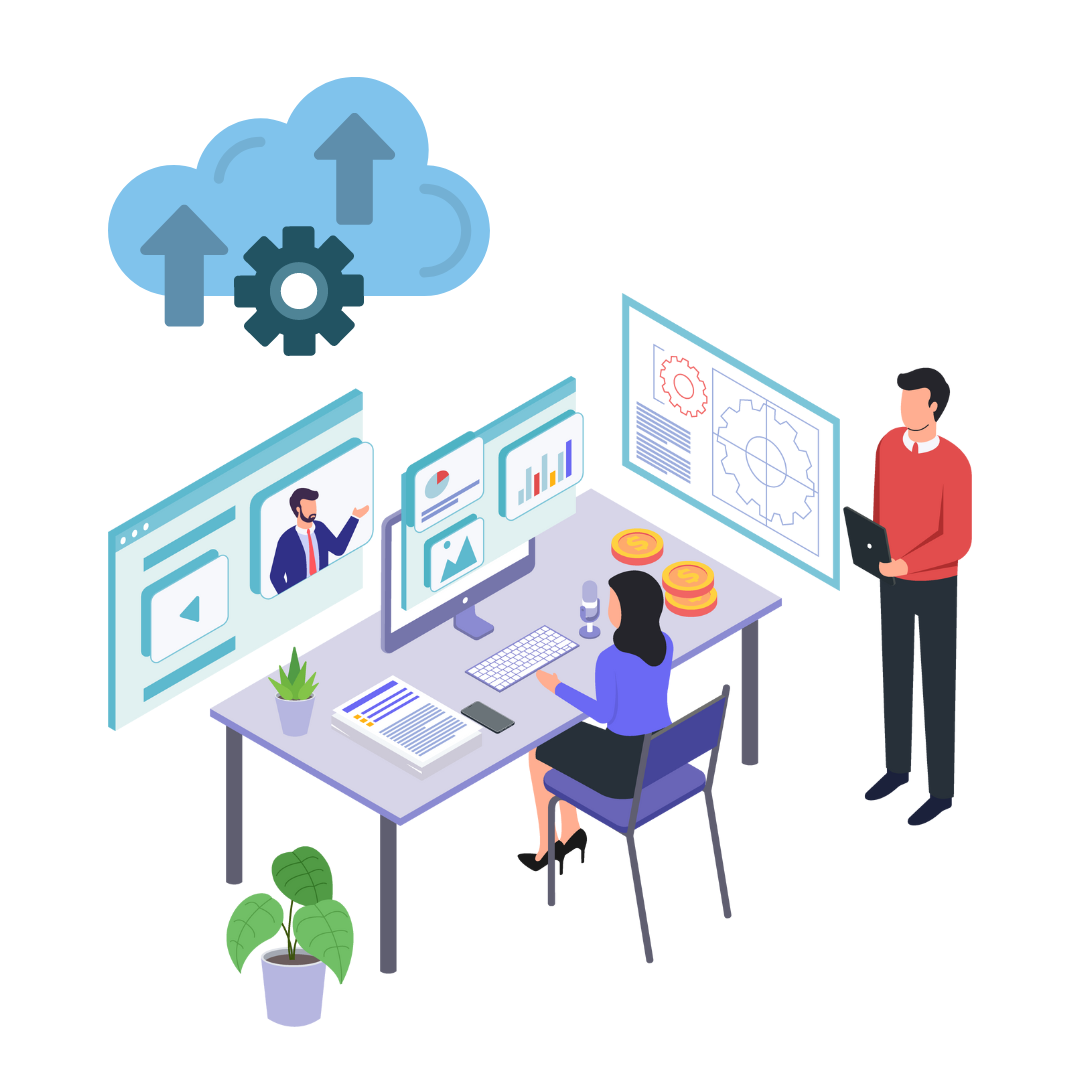Cloud Migration Is it Worth It
The world of digital technology is rapidly evolving, and the need for businesses to enhance their agility, scalability, and innovation is more pressing than ever. As such, cloud migration has become a critical initiative for organizations seeking to harness the full potential of cloud technologies. Mastering cloud migration is paramount to achieve a seamless transition and unlock the numerous benefits of the Cloud. This blog post will delve into cloud migration's strategies, services, and risks. We aim to equip businesses with essential insights to successfully navigate this transformative journey. With the right approach, your organization can stay ahead of the curve and reap the rewards of cloud migration.

Understanding Cloud Migration
Cloud migration involves the process of transitioning applications, data, and IT infrastructure from on-premises environments to cloud-based platforms. This strategic move offers numerous advantages, including cost savings, improved performance, enhanced security, and greater flexibility. However, successful cloud migration requires careful planning, robust strategies, and meticulous execution to mitigate potential risks and ensure optimal outcomes.
Strategies for Successful Cloud Migration
1. Assessment and Planning: Conduct a comprehensive assessment of your existing IT infrastructure, applications, and workloads to identify migration priorities and dependencies. Develop a detailed migration plan outlining timelines, resource allocation, and key milestones to guide the process effectively.
2. Choose the Right Cloud Model: The appropriate cloud model—whether public, private, or hybrid—depends on data sensitivity, compliance requirements, and scalability needs. Evaluate each option carefully to align with your organization's goals and objectives.
3. Prioritize Workloads: Prioritize workloads based on complexity, criticality, and compatibility with cloud environments. Begin with low-risk, non-critical workloads to gain experience and build momentum before migrating mission-critical applications.
4. Optimize for the Cloud: Adapt applications and workloads to leverage the native capabilities of cloud platforms, such as scalability, elasticity, and automation. Refactor legacy applications where necessary to maximize performance and efficiency in the Cloud.
5. Ensure Security and Compliance: Implement robust security measures and compliance frameworks to safeguard sensitive data and maintain regulatory requirements throughout the migration process. Leverage encryption, identity and access management (IAM), and other security tools to mitigate potential threats.
Essential Cloud Migration Services
1. Infrastructure as a Service (IaaS): IaaS providers offer virtualized computing resources, including servers, storage, and networking, enabling businesses to migrate existing infrastructure to the Cloud seamlessly.
2. Platform as a Service (PaaS): PaaS solutions provide a comprehensive development and deployment environment, allowing organizations to build, test, and deploy applications without the complexity of managing underlying infrastructure.
3. Software as a Service (SaaS): SaaS offerings deliver ready-to-use software applications over the internet, eliminating installation, maintenance, and updates. Popular SaaS applications include email, CRM, and productivity suites like Microsoft 365.
4. Migration Tools and Services: Leverage migration tools and services offered by cloud providers and third-party vendors to automate and streamline the migration process. These tools facilitate data transfer, application refactoring, and compatibility testing to accelerate migration timelines.
Mitigating Risks in Cloud Migration
1. Data Security and Privacy: Implement robust encryption, access controls, and data governance policies to protect sensitive information and ensure compliance with regulatory requirements.
2. Performance and Latency: Assess network connectivity, latency, and bandwidth requirements to optimize performance and minimize disruptions during migration.
3. Vendor Lock-In: Evaluate cloud provider lock-in risks and adopt multi-cloud or hybrid strategies to maintain flexibility and mitigate dependency on a single vendor.
4. Application Compatibility: Conduct thorough compatibility testing to ensure that applications function seamlessly in the cloud environment and address any compatibility issues proactively.
Cloud Migration: Is it worth it?
Mastering cloud migration is a process that can bring about significant changes, and it requires careful planning, strategic execution, and ongoing optimization. To make the most of the benefits of the Cloud, it is essential to adopt best practices, leverage cloud migration services, and mitigate potential risks. By doing so, organizations can achieve more significant innovation, agility, and growth in the digital age. So, embrace cloud migration opportunities and journey towards a more resilient, scalable, and future-ready IT infrastructure.
Please stay tuned for our upcoming blog posts on mastering cloud migration, where we will share more insights and best practices. If you plan to migrate to the Cloud, our team can support your initiatives and help accelerate your journey. We offer strategies, services, and insights on risks associated with cloud migration. Get in touch with us to learn more.
